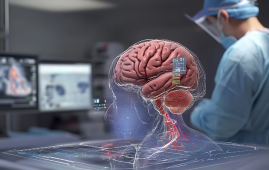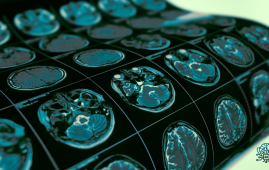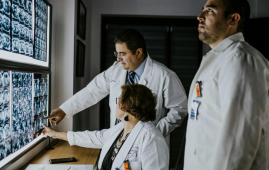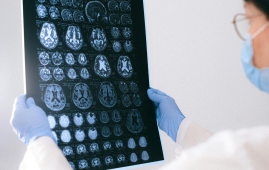

Avoiding the emergence of carpal tunnel syndrome in today’s office environment may be a daily challenge. The worst-case scenario may require surgery to relieve nerve compression or restore damaged nerves. Helping surgeons visually inspect locations where neural blood flow has diminished due to chronic nerve compression can enhance diagnostic accuracy, severity assessments, and outcome predictions. With this in mind, an Osaka Metropolitan University-led research team led by Graduate School of Medicine student Kosuke Saito and Associate Professor Mitsuhiro Okada looked into the use of fluorescein angiography, a method used in neurosurgery and ophthalmology to highlight blood vessels, to visualize neural blood flow in chronic nerve compression neuropathies such as carpal tunnel syndrome.
The researchers discovered that fluorescein angiography might identify a decrease in neural blood flow in rats and rabbits with chronic nerve compression neuropathy. The results were also consistent with electrodiagnostic findings.
Then, fluorescein angiography was performed on human patients undergoing open carpal tunnel release surgery, and the results showed a high correlation with electrodiagnostic testing. The findings suggest that fluorescein angiography may have good diagnostic capabilities for assessing brain blood flow during surgery.
“In surgery for severe chronic nerve compression neuropathy, the surgeon’s experience plays a big role in judging whether the surgical range is appropriate or whether additional treatment is necessary,” graduate student Saito noted.
“This research has shown that fluorescein angiography can visualize impaired areas and assess the impairment severity, so we believe that it has the potential to contribute to improving accuracy for related surgeries.”- Kosuke Saito, Graduate School of Medicine, Osaka Metropolitan University
For more information: Fluorescein Angiography for Monitoring Neural Blood Flow in Chronic Nerve Compression Neuropathy: Experimental Animal Models and Preliminary Clinical Observations, Neurology International, https://doi.org/10.3390/neurolint16050074
more recommended stories
 Phage Therapy Study Reveals RNA-Based Infection Control
Phage Therapy Study Reveals RNA-Based Infection ControlKey Takeaways (Quick Summary) Researchers uncovered.
 Safer Allogeneic Stem Cell Transplants with Treg Therapy
Safer Allogeneic Stem Cell Transplants with Treg TherapyA new preclinical study from the.
 AI in Emergency Medicine and Clinician Decision Accuracy
AI in Emergency Medicine and Clinician Decision AccuracyEmergency teams rely on rapid, accurate.
 Innovative AI Boosts Epilepsy Seizure Prediction by 44%
Innovative AI Boosts Epilepsy Seizure Prediction by 44%Transforming Seizure Prediction in Epilepsy Seizure.
 Hypnosis Boosts NIV Tolerance in Respiratory Failure
Hypnosis Boosts NIV Tolerance in Respiratory FailureA New Approach: Hypnosis Improves NIV.
 Bee-Sting Microneedle Patch for Painless Drug Delivery
Bee-Sting Microneedle Patch for Painless Drug DeliveryMicroneedle Patch: A Pain-Free Alternative for.
 AI Reshapes Anticoagulation in Atrial Fibrillation Care
AI Reshapes Anticoagulation in Atrial Fibrillation CareUnderstanding the Challenge of Atrial Fibrillation.
 Hemoglobin as Brain Antioxidant in Neurodegenerative Disease
Hemoglobin as Brain Antioxidant in Neurodegenerative DiseaseUncovering the Brain’s Own Defense Against.
 Global Data Resource for Progressive MS Research (Multiple Sclerosis)
Global Data Resource for Progressive MS Research (Multiple Sclerosis)The International Progressive MS Alliance has.
 AI Diabetes Risk Detection: Early T2D Prediction
AI Diabetes Risk Detection: Early T2D PredictionA new frontier in early diabetes.

Leave a Comment